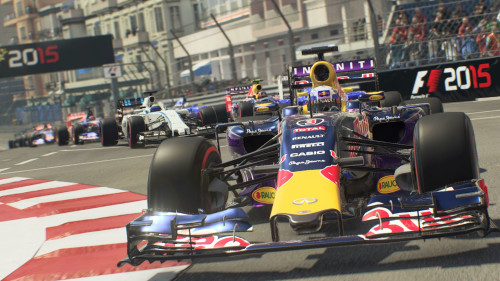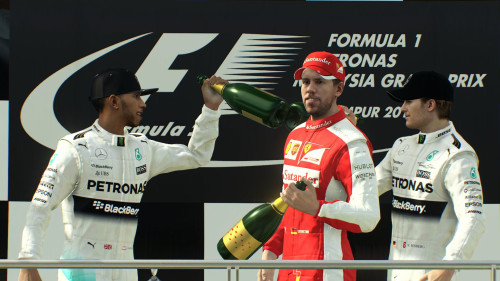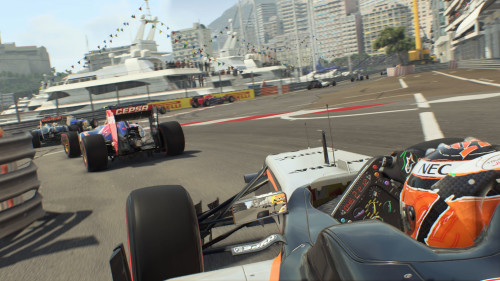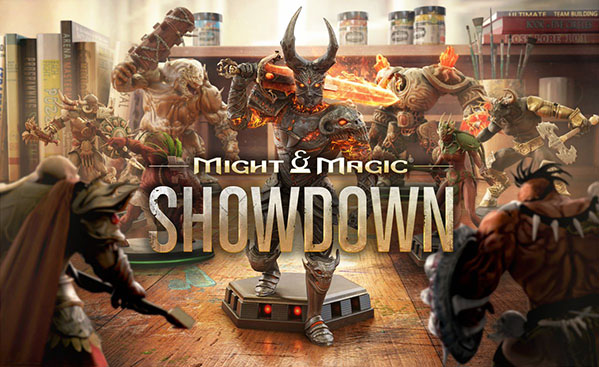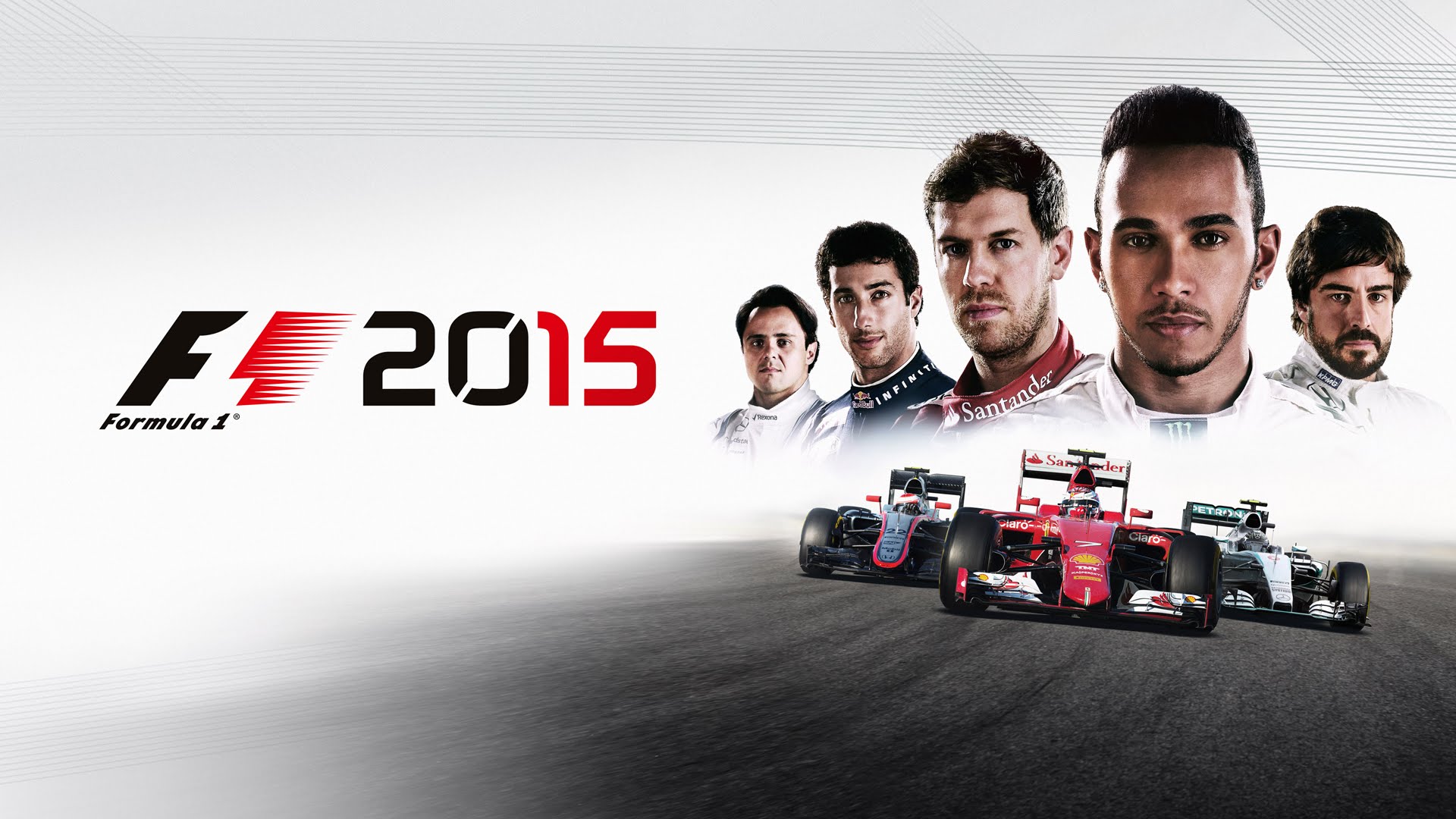
Let me tell you about my father. For most of his adult life, he’s worked in automotive sales, primarily selling spare parts and, later on, automotive paint, which he still does to this day. He’s not your typical petrolhead, but he’s decent enough mechanically, and can fix most engine problems (he once, as part of a job that wasn’t in the auto industry, rebuilt a Volvo truck engine from the ground up).
This meant that, as a kid, I grew up in a “Holden family”, and Peter Brock was my childhood hero. I even had a personally signed poster from the man, which took pride of place on my bedroom wall, only supplanted in my teenage years by a poster of Courtney Love in all her raw sexy glory. My Mum certainly wished I’d stuck with the cars.
I mention all this as a way of explaining why my Dad not only loves racing games, but has spent upwards of a thousand dollars on them over the past years. Having not owned a car for many years, he still likes to drive, and he and I both enjoy racing games. In fact, many of my racing game reviews for this very website have been based on a combination of both his and my own opinions. He’s far better at these games than I am, and so when he tells me a game doesn’t feel right with the wheel, or that the wheel response is very good, I trust his judgement.
Amongst all the Forza Motorsports and Gran Turismos and even Need For Speed and the recent Project CARS has been the occasional dip into Codemasters’ F1 titles. While my Dad can play a Forza game every weekend for a year (or until the next Forza title hits), and he’s even put hundreds of hours into Gran Turismo 5 (but not its sequel), the F1 games have never quite ‘stuck’. The games always had slightly wonky, unpredictable physics. There were subtleties that most players may miss, but my Dad could pick up on in a heartbeat. A lot of the time the issues were specific to the way the games handled wheels, and they would feel unresponsive, with only limited force feedback, or steering sensitivity that was, perhaps, a bit challenging to deal with.
But the latest in the series, F1 2015 seems to have changed all that. For the first time in the series’ history, my Dad actually wants to play it beyond what’s needed to make a review. He actually thinks about the game during the week, when he works and can’t play it. It has, for the moment, supplanted Project CARS as his go-to racing title.
It’s not hard to see why, either. F1 2015 features a rebuilt racing engine for PS4 and Xbox One that not only dramatically improves the visuals, but also the racing physics and feel of the game. The cars feel solid and the sense of speed is the best the series has offered so far. Track detail is much better (our standard for this is always how good Melbourne’s Albert Park track looks, as it’s the only F1 circuit we have real-life knowledge of) and the game has gone out of its way to make the cars look as good as possible.
There’s some cool new features that help make you feel much more like part of a professional F1 team, too. You can, of course, choose to play as any driver from any team (or create your own driver in the Pro mode), and run through an entire simulation of the 2015 Formula 1 season (or even the 2014 season if that’s your thing). The game uses what Codemasters describes as “Broadcast-style” presentation, which is pretty much what you might expect: outside of the race, there are cameras capturing scenes in the pits, like your driver high-fiving a pit crew member after a good qualifying lap, ‘interviews’ with other drivers, and even short bits of flavour commentary from actual F1 commentators David Croft and Anthony Davidson. This all helps to get you into the mindset of an F1 race being an event that takes place over a weekend, rather than just another track to drive on.
As an event, the races all require you to go through practice, qualifying and the race. You can adjust the length of these, but even the shortest lengths tend to mean you’ll be staying at the same track for around an hour or so to get through all of them. That’s not a bad thing: Practicing each track is the best way to get good at it, and after I’d gone through a complete practice session, I felt I really had a handle on the track I was about to face. When it came time to race, I was able to put in a full set of mostly perfect laps. I genuinely felt like I’d made progress as a driver.
Of course, the game offers a number of assists to help you feel like your favourite F1 heroes (My Dad picked Lewis Hamilton and I went for Daniel Riccardo), from obvious things such as automatic shifting and brake line display (which uses a nifty 3D display that makes it much more visible), to subtle things like brake and steering assists and enhanced traction controls.
Perhaps the niftiest aspect of the game is the way it conveys car information to you now. Rather than displaying fuel loads and tyre temperature on-screen, it’s now always relayed to you from the pit crew, just as it would be in real life. Your crew (well, the one guy that does radio communication) will inform you of how much fuel you have, whether or not that will get you through the race, how your tyres are doing, and when the pit window has opened for your mandatory tyre change. At first, I missed being able to see this data on screen, but then I realised that only mattered when I was watching someone else play it. When I’m racing, I don’t have time to check that information. Having it relayed to me (via the Dualshock 4 speaker, even!) actually works better because it doesn’t require me to look away from the track. There’s even warnings for drivers who are threatening your position, and whether or not you have an opening to overtake, as well as when the DRS is available for use.
As good as it isF1 2015 falls a little short in some areas, however. For a start, the models of people in the pit crew and on-track, including the drivers and especially the track girls that hold up the driver’s name signs before a race all look a bit uncanny valley-ish. I suspect it’s just an issue of art direction, having aimed for realism rather than slightly stylising everyone, and it certainly doesn’t impact the actual racing in any way. It’s just an odd visual thing.
We also found the force feedback on our PS4 review version to be a little weaker than expected. We’ve put this down primarily to limited PS4 support for our Fanatec ClubSport wheel. We also found that the wheel has to be put into PC mode to work with the game, whereas Project CARS supports it in PS3 mode. One neat thing F1 2015 does with the Fantatec wheel is use the 3-digit LED display on the wheel as a speedometer. While I’d prefer this to be a gear indicator, it’s pretty inconsequential as I’m almost never looking at this display anyway. Just a cool thing it does, I guess.
F1 2015 is Codemasters’ most accomplished F1 title yet. The new engine, new presentation, improved physics and just all-around improvement in quality make it the most worthwhile update to the series in years, and, perhaps for the first time ever, an actual contender in the crowded market of racing games. Being able to focus on one kind of racing (rather than the “a bit of everything” approach of Forza, GT and Project CARS) has allowed Codemasters to refine their simulation to best suit the sport, and finally deliver a Formula 1 experience that really makes you feel like you’re an F1 hero.
A new engine for a new generation
Broadcast-style presentation makes the game feel alive
Vastly improved racing physics
Models for drivers and pit crew look like lifeless zombies
AI drivers can sometimes force you to take unavoidable penalties during the race

